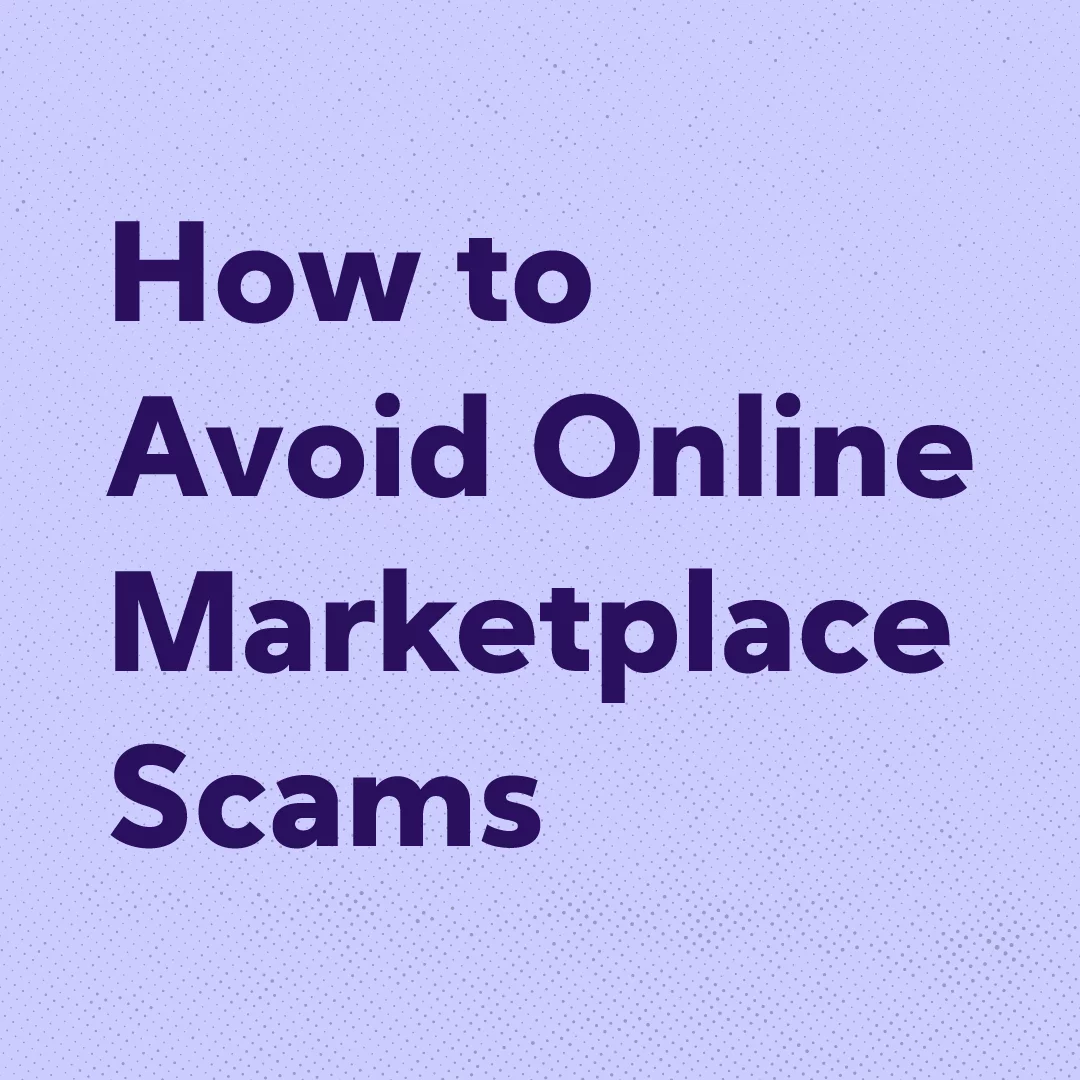Online marketplace scams are on the rise. Learn how to identify fraudulent sellers and take precautionary measures to protect yourself from scams when shopping online.
Introduction: The rise of online shopping and marketplaces has revolutionized the way we buy and sell goods. However, it has also created a breeding ground for scams. Fraudulent sellers, fake product listings, and deceptive tactics have become common on many online platforms. Whether you’re buying electronics, fashion, or household items, it’s essential to know how to identify and avoid online marketplace scams to protect your money and personal information.
What are Online Marketplace Scams?
Online marketplace scams refer to fraudulent activities where sellers attempt to deceive buyers into purchasing fake, misrepresented, or non-existent products. These scams can happen on popular e-commerce platforms like Amazon, eBay, Facebook Marketplace, and smaller local online marketplaces. Scammers use various tactics, such as creating fake listings, using counterfeit products, or even stealing money without delivering the promised goods.
Common Types of Online Marketplace Scams:
- Fake Listings: Scammers post fake or non-existent products to trick buyers into making a purchase. The product might look appealing, but it doesn’t exist or is a cheap imitation of what’s promised.
- Non-Delivery of Products: After making a purchase, the seller either never ships the item or ships something completely different from what was advertised.
- Payment Scams: Scammers request payment through untraceable methods like gift cards, wire transfers, or other risky payment systems to avoid detection.
- Phishing and Account Takeover: Fraudsters impersonate legitimate sellers or websites to steal login credentials, credit card information, and personal data.
How to Identify Online Marketplace Scams:
- Check Seller Reviews and Ratings: Always check the reviews and ratings of the seller. A lack of reviews, poor feedback, or overly generic positive reviews can be red flags.
- Examine Product Descriptions and Photos: Scammers often use stock images or low-quality photos to mislead buyers. Carefully examine product descriptions for inconsistencies, grammatical errors, or vague details.
- Suspicious Pricing: If the price of an item seems too good to be true, it probably is. Scammers tend to offer products at an unrealistic price to attract unsuspecting buyers.
- Check for Contact Information: A legitimate seller will typically provide clear contact information, including an address or phone number. If this is missing or seems fake, be cautious.
- Secure Payment Methods: Avoid sellers who insist on non-secure payment methods, like wire transfers, gift cards, or money orders. Secure platforms like PayPal or credit card payments provide better protection.
How to Avoid Online Marketplace Scams:
1. Stick to Trusted Marketplaces:
Always shop on reputable and trusted online marketplaces. While popular platforms like Amazon, eBay, and Etsy have fraud prevention systems in place, be cautious even when using these sites. Many scams happen on these platforms despite their efforts to regulate sellers.
2. Use Secure Payment Methods:
Avoid using cash transfers, gift cards, or cryptocurrency when buying from unfamiliar sellers. Opt for secure payment options like PayPal, credit cards, or platforms that offer buyer protection.
3. Look for Buyer Protection Policies:
Check the buyer protection policies provided by the marketplace. Trusted platforms offer protection in case of fraud or non-delivery. Familiarize yourself with the process of reporting a scam and the steps to take if something goes wrong.
4. Avoid Direct Communication Outside the Platform:
Fraudsters may attempt to convince you to move the transaction off the platform to avoid detection. Always keep communication and transactions within the marketplace to ensure you’re covered by their buyer protection system.
5. Research the Seller:
Before purchasing, take some time to research the seller. Look for feedback, ratings, and comments from previous buyers. If a seller is new or has questionable feedback, proceed with caution.
6. Trust Your Instincts:
If something feels off, it’s better to be safe than sorry. Trust your instincts and avoid transactions that seem suspicious. Always err on the side of caution when making online purchases.
7. Enable Two-Factor Authentication:
For your personal security, enable two-factor authentication on your online accounts. This extra layer of security helps prevent unauthorized access to your account, especially if a scammer has your login credentials.
How to Report and Recover from Online Marketplace Scams:
1. Contact the Marketplace Support Team:
If you suspect that you’ve fallen victim to a scam, immediately report the issue to the platform where the transaction took place. Trusted platforms have customer support teams that can help you resolve issues and, in some cases, offer refunds.
2. Dispute Payment:
If you paid through a credit card or payment platform like PayPal, dispute the charge if you didn’t receive the product or received a fraudulent item. Payment processors often offer chargeback services to protect buyers.
3. File a Complaint with Authorities:
For serious cases involving theft, identity theft, or significant financial loss, report the scam to your local authorities or relevant consumer protection agencies.
Conclusion:
Online marketplace scams are becoming increasingly sophisticated, but with the right knowledge and precautions, you can protect yourself from falling victim. Always be vigilant when shopping online, thoroughly research sellers, and use secure payment methods. Remember, if something sounds too good to be true, it probably is. Stay informed and safeguard your personal information to ensure a safe online shopping experience.
Call to Action: For more tips on avoiding online scams and securing your online transactions, visit our [scam prevention tips page] or subscribe to our newsletter for the latest scam alerts.














